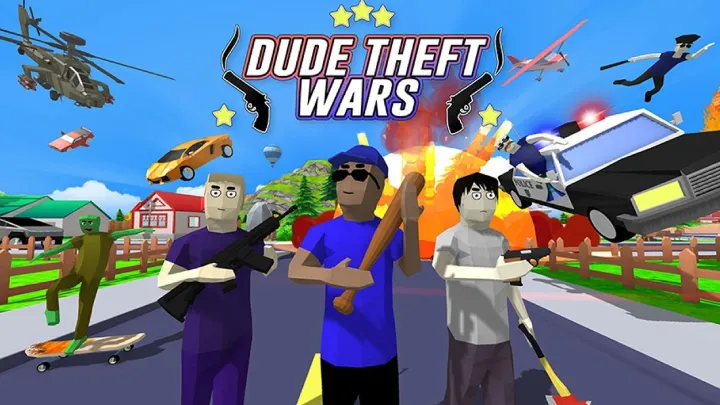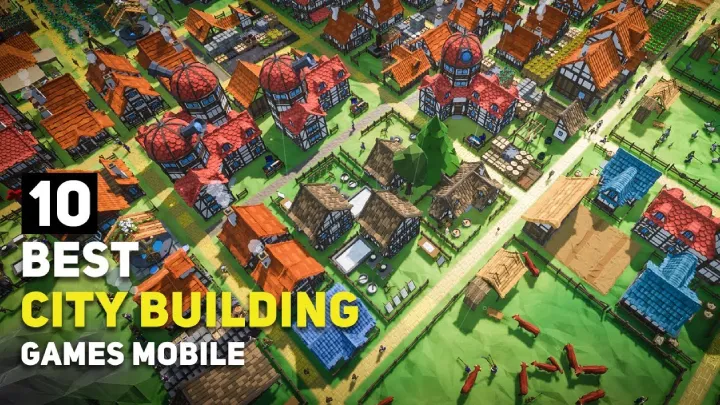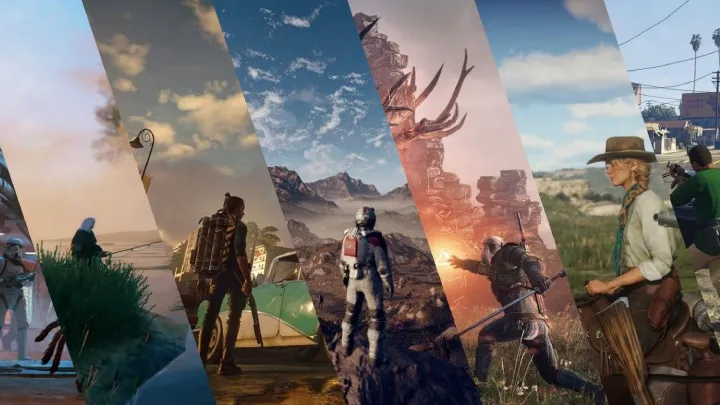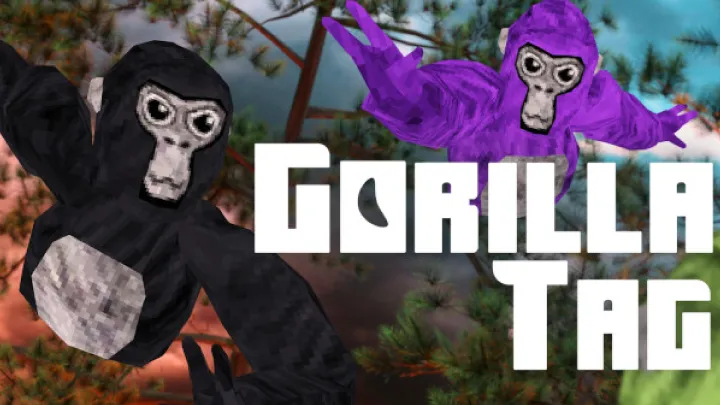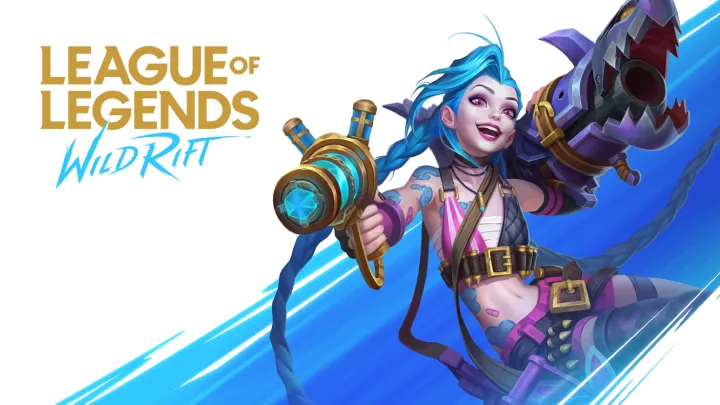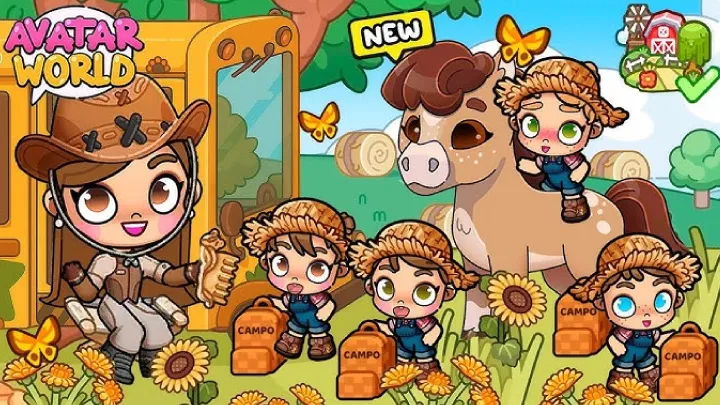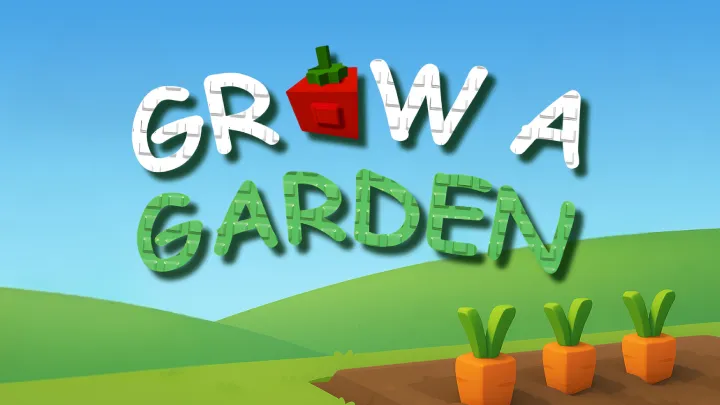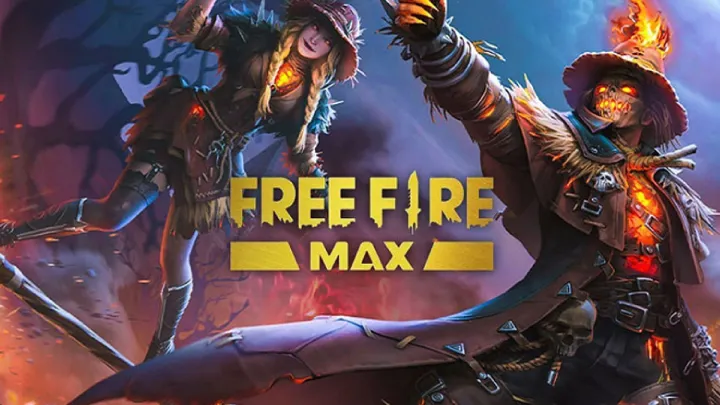Gorilla Tag has rapidly grown into one of the most beloved VR multiplayer experiences. Its simple premise—move by swinging your arms and tagging others—belies a deep learning curve. Unlike most VR games, Gorilla Tag demands physical movement, reflexes, and creative strategies. Players who want to improve need more than just quick arms; they need knowledge of movement techniques, map strategies, and how to outsmart opponents.
This article provides an extensive guide with advanced tips and strategies for Gorilla Tag. Structured across ten stages, from beginner basics to high-level competitive play, it ensures that players at any level can find practical, detailed advice. Whether you’re just getting started or aiming to dominate lobbies, this is your roadmap to Gorilla Tag mastery.
Learning the Basics of Gorilla Movement
The first step in Gorilla Tag mastery is learning the basic locomotion system. Unlike most VR titles, Gorilla Tag doesn’t rely on thumbsticks. Instead, players propel themselves by physically swinging their arms against the virtual ground. This creates a steep entry curve but also makes skill improvement incredibly rewarding.
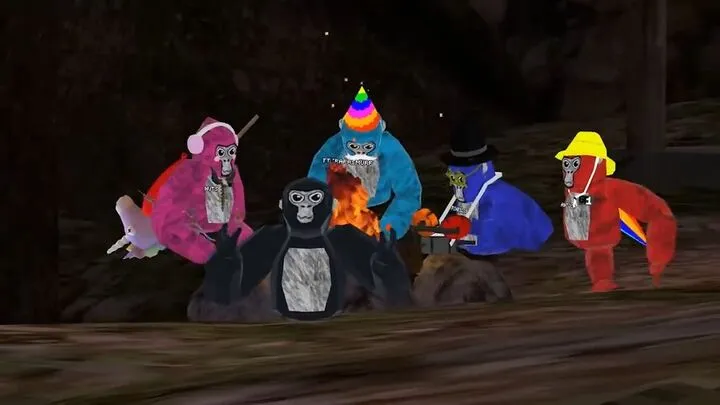
New players often struggle with consistent movement. Many will slam their hands downward in quick, panicked bursts. This results in wasted energy and slower speeds. Instead, beginners should practice long, controlled arm swings. Pushing backward at a shallow angle creates smoother momentum and helps maintain flow across maps.
Another key basic is wall interaction. Pressing against walls at an angle allows players to redirect momentum or stop mid-run. This mechanic, while simple, forms the foundation for advanced strategies like wall running and branching. Early practice with wall touches helps players develop spatial awareness and prepares them for trickier techniques.
Mastering Climbing and Vertical Movement
Once you’ve learned to move on flat ground, the next hurdle is vertical mobility. Gorilla Tag’s maps are filled with obstacles, trees, and platforms that require climbing skill. Vertical mastery separates beginners from advanced players.
The most common climbing technique is tree climbing. Beginners often attempt to brute-force their way up, but efficiency is key. Use alternating hand grips with consistent rhythm, much like pulling yourself up a rope. With practice, you can reach tree tops quickly, giving you a height advantage.
Another technique is wall climbing. By pressing alternating hands against a wall in a zigzag rhythm, you can climb vertical surfaces. Advanced players use this to escape tight situations when being chased. It requires timing, patience, and strong arm endurance in VR, but once mastered, it becomes a vital survival skill.
Developing Speed and Efficiency in Movement
Speed is everything in Gorilla Tag. The faster you can move, the harder it becomes for opponents to catch you. Developing efficient movement requires refining your arm swings and learning advanced acceleration methods.
One trick is long-distance pushing. Instead of small frantic pushes, extend your arms fully and push against the ground with long motions. This minimizes wasted energy and builds consistent speed. Combining this with crouching slightly in real life allows for stronger propulsion, giving you bursts of momentum.
Momentum chaining is another efficiency tip. By linking jumps, wall touches, and swings, players can keep their flow without losing speed. Experienced runners often chain branch jumps into wall climbs, maintaining high velocity across entire maps. The key is rhythm—knowing when to swing powerfully and when to glide smoothly.
Using the Environment to Your Advantage
Gorilla Tag’s maps are not just playgrounds; they’re strategic environments. Learning how to use them effectively is essential for survival and tagging success.
Trees, for example, are more than just climbing tools—they act as cover and escape routes. Skilled players can hop from branch to branch, evading chasers by staying high above the ground. Branching is one of the most important skills in the game, and every serious player should dedicate time to practicing it.
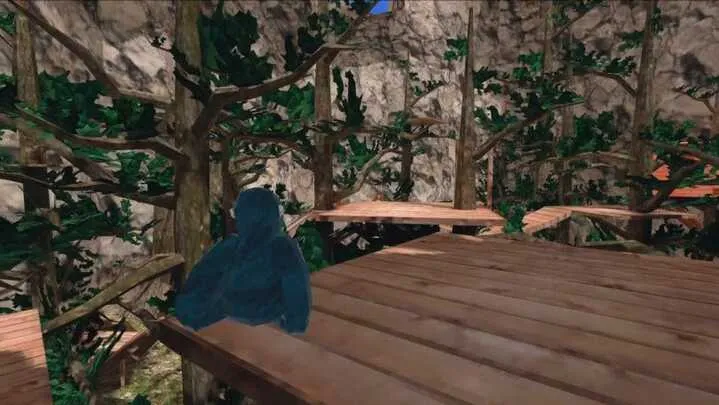
Buildings, rocks, and caves also provide opportunities. Ducking inside tight spaces forces opponents to slow down, giving you time to escape. Meanwhile, wide-open areas are dangerous unless you have strong speed control. Always evaluate your surroundings and choose the terrain that maximizes your strengths.
Perfecting Tagging Strategies
Tagging isn’t just about chasing wildly. Smart tagging requires prediction, positioning, and efficiency. The best taggers rarely waste energy; instead, they anticipate where opponents will go and cut them off.
One core strategy is shadowing. Instead of sprinting straight at an opponent, follow slightly behind and to the side, waiting for them to make a mistake. This creates opportunities to close in without burning energy.
Another effective tactic is trapping. On maps with narrow passages or choke points, position yourself strategically so opponents must pass near you. Timing your tag becomes easier in these situations. Over time, you’ll learn to spot “panic routes” that new players rely on, making them predictable targets.
Advanced Movement Techniques
As players progress, they encounter advanced tricks that redefine mobility. These techniques require hours of practice but provide major advantages.
Wall running is one such skill. By pushing at shallow angles along walls, players can maintain horizontal momentum while staying above opponents. This makes chasing you far more difficult, as you remain unpredictable.
Another advanced move is Lucio running, a method of climbing and running along walls simultaneously. This allows continuous upward and sideways momentum, often leaving opponents baffled. Pairing Lucio runs with branching creates near-limitless escape routes, turning you into a nightmare to catch.
Psychological Play and Mind Games
Gorilla Tag isn’t just physical—it’s also psychological. Experienced players manipulate opponents’ expectations to gain the upper hand.
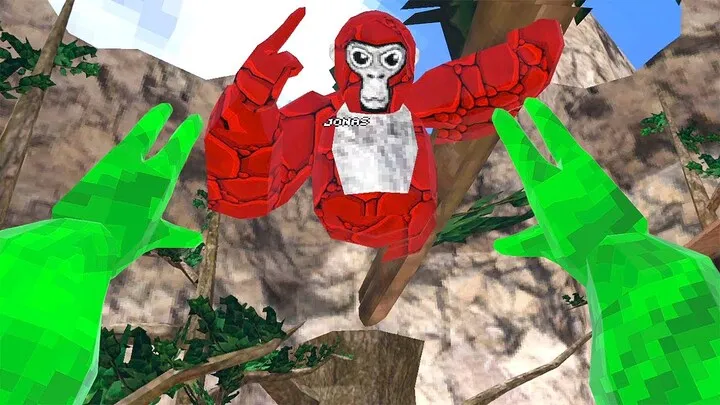
One mind game tactic is baiting. By pretending to move in one direction and quickly reversing, you can throw off pursuers. Players often overshoot their path, giving you precious seconds to escape.
Another psychological strategy is pacing. If you always run at maximum speed, opponents learn your rhythm. Mixing slow, unpredictable movements with sudden bursts makes it harder for others to predict your path. Much like sports, deception is as powerful as raw athleticism.
Training Routines and Practice Drills
Becoming skilled in Gorilla Tag takes consistent training. Casual play helps, but focused drills accelerate improvement dramatically.
A useful beginner drill is tree repetition. Choose a single tree and practice climbing it repeatedly until you can reach the top in under three seconds. This builds muscle memory for competitive scenarios.
Wall practice drills are also crucial. Spend five to ten minutes each session practicing wall climbs, gradually increasing your speed and efficiency. As you progress, move on to chaining climbs with branch jumps. Structured drills like these shorten the learning curve dramatically.
Team Play and Social Strategies
Though Gorilla Tag often feels like a solo chase, team play adds another layer of strategy. Coordinating with friends or strangers can help you win rounds more consistently.
For example, taggers can communicate and set traps, herding runners into corners. Likewise, runners can distract taggers to give teammates more time. Voice chat, while chaotic, becomes a powerful tool when used effectively.
Social dynamics also play a role. Befriending skilled players often gives you opportunities to learn new tricks. Watching how advanced players move in real matches can teach you more than hours of solo drills. Building relationships within the community not only improves your skill but makes the game far more enjoyable.
Preparing for Competitive Play
Finally, once you’ve mastered movement, tagging, and psychology, you may want to test yourself in competitive Gorilla Tag. Tournaments and ranked groups demand sharper skills and higher endurance than casual lobbies.
Preparation begins with fitness. Gorilla Tag is surprisingly demanding physically, so maintaining stamina matters. Regular real-world workouts—push-ups, cardio, and stretching—improve in-game performance.
Strategically, competitive play requires deeper map knowledge. Every ledge, branch, and wall must be second nature. Competitors are skilled enough that small mistakes can cost matches. Training with other high-level players, watching competitive matches, and analyzing your own gameplay through replays are crucial steps in preparing for this environment.
Conclusion
Gorilla Tag is more than just a casual VR party game. It’s a skill-based, physically demanding, and highly strategic experience. From learning basic locomotion to mastering advanced techniques like wall running and Lucio climbing, the game rewards dedication and practice. Psychological strategies, training drills, and competitive preparation elevate it further, making it a complete package for players seeking both fun and mastery.
By following the structured tips and guides outlined here, players can steadily progress from beginner to expert. Gorilla Tag’s beauty lies in its simplicity, yet mastery takes time, creativity, and resilience. With consistent practice, you can turn from prey into predator, dominating lobbies and enjoying the game at its fullest potential.









